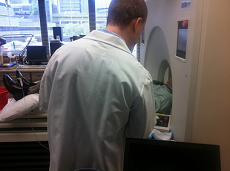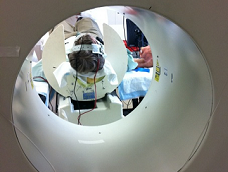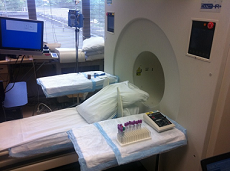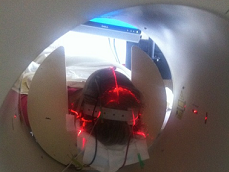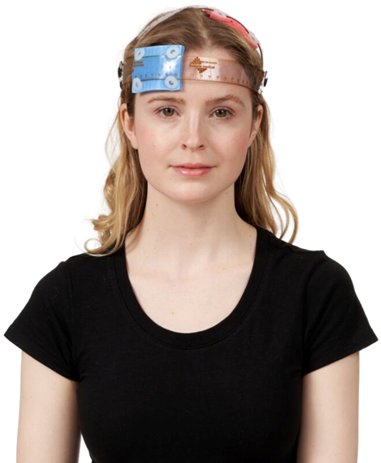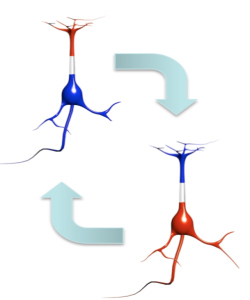
Basics of tACS: transcranial Alternating Current Stimulation (tACS) is a low-intensity sinusoid (<2 mA) current across an electrode placed on the head. This causes a low-intensity electric field to oscillate across a targeted brain region. The frequency of this oscillation is set by the frequency of the AC source, which can be easily adjusted on the Soterix Medical 1×1 tACS. The targeted regions can be controlled by using 1x1 Accessories and Soterix Medical Neurotargeting software.
Neuromodulation: The ability of a low-intensity current to entrain oscillations and neurons makes tACS a potential powerful neuromodulatory tool. Researchers and clinicians hypothesize that tACS provides unique capabilities to alter the brain and behavior. Selecting the frequency and intensity of stimulation, as well as electrode locations, is fundamental in determining the outcome. The Soterix Medical 1x1 tACS allows precise reproduction of all established tACS protocols, as well as the flexibility to explore new dose paradigms.
Tolerability of tACS: Proper protocols, accessories, and equipment are required for reproducible and tolerated transcranial electrical stimulation. Soterix Medical optimizes systems for each technique (“In Advanced Neuromodulation One Size Does Not Fit All”) and tACS requires special consideration. Published human trials with tACS indicate that the technique is well tolerated when professional standards and equipment is used. This includes stimulators that provide precise output, even under load variation, and moreover, are engineered to prevent transient under non-ideal conditions, such as sudden changes in impedance (e.g. do to subject movement). All this technology is automatic with the Soterix Medical 1x1 tACS, allowing you to focus on the subject, not on the device. Adverse events associated with tACS include redness (erythema) under and around electrodes, tingling of the scalp during stimulation, and in some cases phosphene (a phenomenon characterized by the experience of seeing light without light actually entering the eye.) The first two are controlled through use of quality single-use electrodes, such as the Soterix Medical EasyPads. Phosphines are not hazardous and in most cases are of retinal origin during tACS - this means that they can be minimized by using montages that limit current flow across the eyes. Simulation software can be used for this purpose including Soterix Medical Neurotargeting.

Oscillations of the brain: Rhythmic neuronal activity is ubiquitous in the human brain. These rhythms originate from a variety of different network mechanisms, which give rise to a wide-ranging spectrum of oscillation frequencies. In the last few years an increasing number of clinical research studies have explored transcranial alternating current stimulation (tACS) with weak current as a tool for affecting brain function. The premise of these interventions is that tACS will interact with ongoing brain oscillations.
tACS is unique: tACS is unlike tDCS because the waveform oscillates. tACS is unlike Cranial Electrotherapy Stimulation; as tACS provides a well-defined and known signal to entrain brain activity. Cranial Electrotherapy Stimulation devices provide diverse and often poorly defined pulse trains with limited control on montage and brain targeting. tACS is unlike invasive techniques that use high-intensity pulses, because it provides a smooth modulation not possible with pulses. Soterix Medical 1x1-tACS is designed based on scientific principles of AC modulation and is the only device specially designed for tACS.
Oscillations and behavior: Researchers understand that oscillations are ubiquitous in the human brain, ranging from ultra-slow (0.05 Hz) to ultra-fast oscillations (500 Hz). These oscillations occur in the brain during different behavioral states and their power (amplitude) is commonly modulated during cognitive/behavioral tasks. Moreover, abnormal brain rhythms have also been shown to correlate with pathological conditions, like Parkinson’s disease, Alzheimer’s, and epileptic seizures.
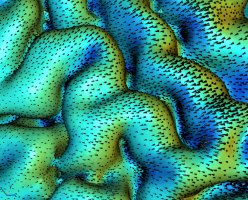 Researchers designed tACS on the assumption that modulating brain rhythms has the potential to affect cognitive performance and may be used to treat neurological disorders. Therefore, picking the right stimulation output, and choosing a device that generates signal with high fidelity, underpins tACS. Soterix Medical biomedical engineers are ready to work with you on trial design. Our unique HDexplore software provides a module design used to optimize tACS electrode placement in order to target brain regions.
Researchers designed tACS on the assumption that modulating brain rhythms has the potential to affect cognitive performance and may be used to treat neurological disorders. Therefore, picking the right stimulation output, and choosing a device that generates signal with high fidelity, underpins tACS. Soterix Medical biomedical engineers are ready to work with you on trial design. Our unique HDexplore software provides a module design used to optimize tACS electrode placement in order to target brain regions.
Research grade equipment: At the single cell level, weak AC current applied to the brain will sinusoidally alter the transmembrane potential. with each cycle of the sinusoid, the membrane polarizes up and down. The frequency of tACS sets how quickly the membrane oscillates, while the peak intensity of tACS sets the peak membrane polarization. But in the brain, neurons are not isolated. Neurons are tightly coupled by synapses and, in fact, work together to generate oscillations. In such a situation, weak AC current can modulate the oscillations, potentially increasing their power. Many questions remain about the mechanisms of tACS and Soterix Medical is proud to provide the most state of the art stimulator to support this research.
 1x1 Platforms
1x1 Platforms 1x1 Platforms
1x1 Platforms
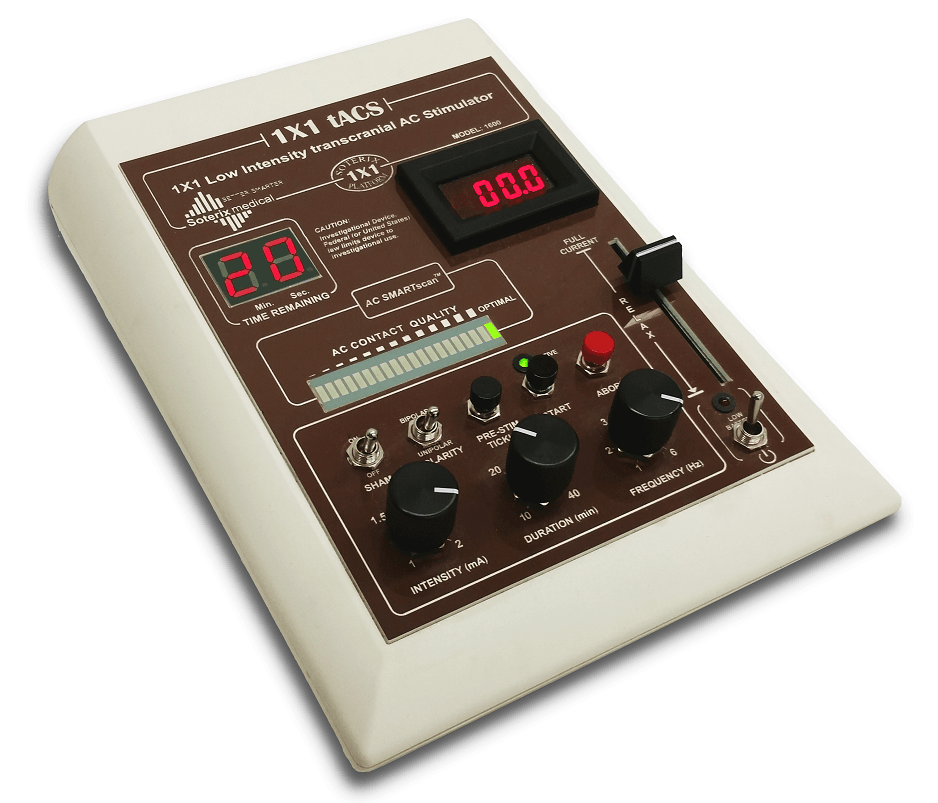
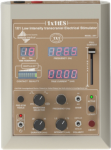
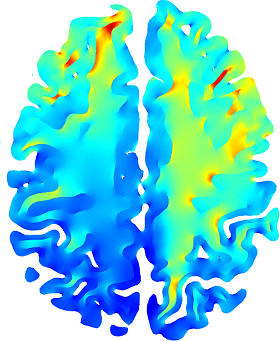
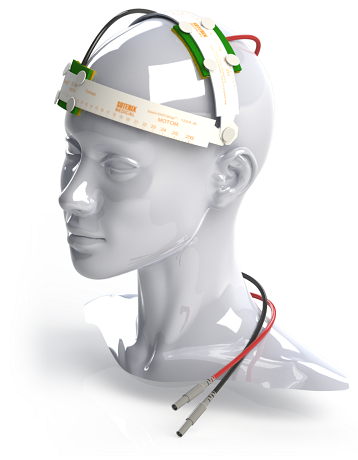


 Researchers designed tACS on the assumption that modulating brain rhythms has the potential to affect cognitive performance and may be used to treat neurological disorders. Therefore, picking the right stimulation output, and choosing a device that generates signal with high fidelity, underpins tACS. Soterix Medical biomedical engineers are ready to work with you on trial design. Our unique HDexplore software provides a module design used to optimize tACS electrode placement in order to target brain regions.
Researchers designed tACS on the assumption that modulating brain rhythms has the potential to affect cognitive performance and may be used to treat neurological disorders. Therefore, picking the right stimulation output, and choosing a device that generates signal with high fidelity, underpins tACS. Soterix Medical biomedical engineers are ready to work with you on trial design. Our unique HDexplore software provides a module design used to optimize tACS electrode placement in order to target brain regions.
